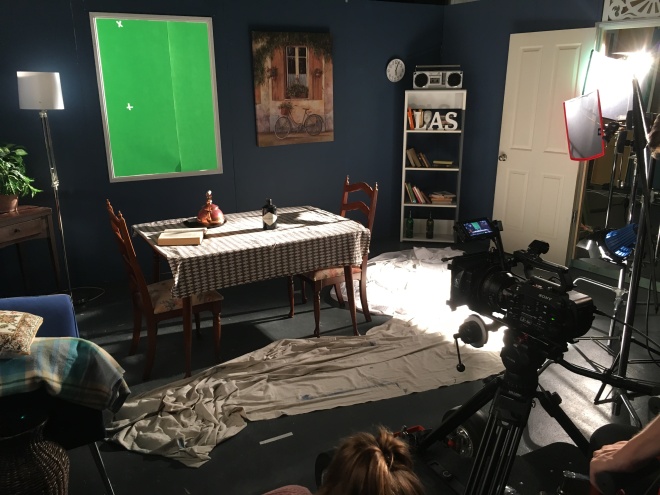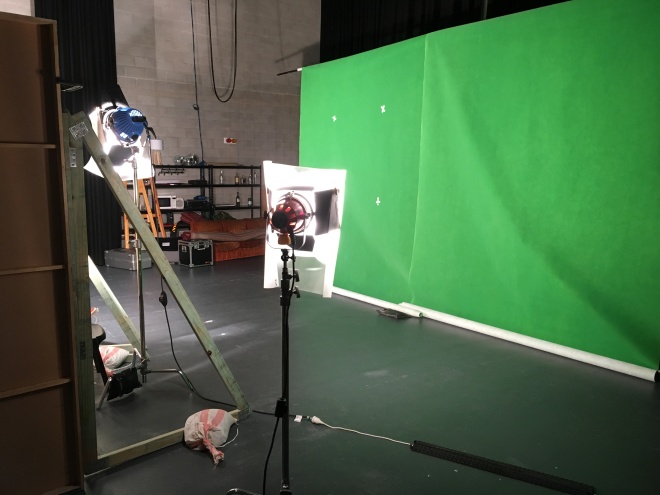So I’ve just begun a subject about learning how to construct a short documentary, and more broadly understand the documentary genre and is nuances through deconstruction. I admit, it’s a subject matter which I am unfortunately not passionate about at all. I’m not really a fan of the documentary genre in general, but I may be going through a eye-opening experience by being forced to consume so many and create my own. I tend to prefer fiction films, because, as it was so elegantly put by people with vastly more experience than me in the documentary “Capturing Reality”, documentary is just another type of fiction, but almost one that is deceitful towards it’s audience, because it seeks to identify itself as he ‘truth’, when it is instead a biased retelling of a true story, as it is understood by the director in charge of the documentary. This is still how I feel now, but I fully acknowledge that this view is subject to my previous bias, and lack of experience and personal enjoyment with watching documentary format pieces.

Even the statement I made about documentary being deceitful towards it’s audience, is flavoured from my bias. I don’t like documentary, so I picked out a quote painting documentary in a negative light. I could have chosen from a number of positive grabs which speak to the good parts of documentary, about how it aims to inform and educate the public, highlight real issues being faced in the real world, right wrongs, about how documentary aims to change the world for the better. These are good, strong ideals and I fully endorse any film that is trying to achieve these. I just feel that, in my very limited experience, the documentaries that I watch get flavoured too much by the documentarian, and the stories being told get twisted to fit their agenda.
But this is just my limited and biased understanding of the genre. Surely there’s more to it, right, otherwise no one would watch these films. So lets go back to Capturing Reality, and see what some of the experts have to say. What is documentary? The Capturing Reality user guide explains “filmmakers see documentary as an archive of human experience, a conversation, a provocation […] but not necessarily the way to ‘truth'”. To get more individual, Syvain L’Esperance describes documentary film making as “an art form that offers a way of looking at the world, or giving it shape.” I really think this captures the essence of what documentary is at it’s heart. It doesn’t invent a fantasy world as fiction film making does, but instead looks at real world situations. This quote does not insist that documentaries are presenting some overarching truth, but instead are used as a lens to examine the real situations captured on film and share this experience with others. As Errol Morris says: “They’re not meant as pure fiction, they’re meant as stories about real events, real people. We piece together reality, each one of us, from bits and pieces of stuff. Reality isn’t handed to us whole.” The ‘reality’ in Morris’s documentaries (e.g. The Thin Blue Line (1988) and Standard Operating Procedure (2008)) are piece together with real hard evidence (interview, photos, documents) mixed with recreations that create an enthralling narrative experience for the viewer. But does this recreation taint the ‘truth’ that Morris and other documentarians are imparting?

Both fiction and non-fiction film work with a script, use staging, can have very similar pacing and story structures, and can contain reenactments and performances by actors. We can see similar stories in both. So why are documentaries seen as ‘true’, with fiction therefore relegated to being ‘false’? In his book, Introduction to Documentary (2010), Bill Nichols suggests that it is the “different assumptions about purpose” that the filmmakers are making, and that documentary involves “a different quality of relationship between filmmaker and subject, and they prompt different sots of expectations from audiences.” However, mere purpose doesn’t provide an unbreakable defense for the filmmaker, and certainly doesn’t automatically authenticate all the material presented in documentaries as absolute truth. Nichols addresses this by putting forth that “the documentary tradition relies very heavily on being able to convey an impression of authenticity.” He goes further, and asserts that “we believe what we see at our own risk.” By the same standard, however, documentaries do not become lies just by being in documentary format, and the documentarian’s purpose to describe the truth of the situation means that what is presented should be at least their perception of the truth. After all, as Jessica Yu states in Capturing Reality (2009) “only a high degree of “personal curiosity” can justify “the very long, enervating process that is making a film”” (Nelson, 2009), and after all that effort why would the filmmakers lie to themselves?

My truth is that I’ve only really been exploring the genre of documentary in more depth over the past 2 weeks and have been watching more documentaries in a shorter span of time than I ever have previously. I think it’s starting to grow on me a little. I still don’t really like the genre in general, but I’m realising it has a lot more to offer than I’ve ever seen. Certainly, the documentaries I’ve been watching all do have a bias. It’s natural, and human, to apply your own understanding to a story when you tell it. But there are documentaries that make this influence as non-existent as they can, and I’m becoming more excited to find all of these different documentaries and documentary modes I’ve never thought existed.
Bibliography
Aufderheide, P. (2009). Capturing Reality: The Art of Documentary User Guide (1st ed.). Canada: National Film Board of Canada.
Ferrari, P. (2009). Capturing Reality: The Art of Documentary. Canada: National Film Board of Canada.
Nelson, M. C. (2009). Capturing Reality: The Art of Documentary. PopMatters. Retrieved from http://www.popmatters.com/review/115575-capturing-reality-the-art-of-documentary/
Nichols, B. (2010). Introduction to Documentary (2nd ed.). Bloomington, IN, US: Indiana University Press.
Images Sourced from:
http://www.altfg.com/film/the-art-of-documentary-jessica-yu-werner-herzog-truth-reality/
http://www.documentary.org/feature/messy-truth-behind-day-job-documentarian






